
It’s hard to overstate the impact that the arrival of Software as a Service had on the CRM world. Spearheaded by Salesforce.com and picked up by almost every other vendor in the CRM space, SaaS made CRM available to virtually every business, and has paved the way for the continued health of the CRM space.
It did so by dropping the cost of entry by spreading the costs of buying software. Although over time SaaS (or, as rebranded with varying degrees of accuracy, the cloud) actually costs more than an on-site software deployment, the lack of a huge commitment up front allows businesses to try out new ideas without being permanently tied to them.
That’s attractive to businesses — and it’s a concept that’s been adopted by other vendors that produce what’s been dubbed “CRM-ish” applications. These are applications that contribute to sales, marketing and customer support functions, but which are not true CRM apps.
Think of sales tools like compensation or territory management, marketing automation software, customer support analytics, or agent management tools. These things are certainly not CRM applications, but they certainly may add to the customer experience and increase the productivity of your employees.
SaaS allows businesses to give these applications a try. That’s a very good thing — it allows businesses to mix and match applications to create a set of tools that collects and delivers exactly the data the company needs to sell, support and market.
Don’t Leave IT Out of the Cloud
There’s a downside, however, to this otherwise positive aspect of the SaaS revolution. Because it’s easy to pilot SaaS applications, and because there’s no appreciable barrier to entry, SaaS applications enter businesses from a lot of different directions.
In the very early days of CRM, we witnessed individual sales people buying contact management tools on their own. This made things more complicated when a company-wide CRM application was brought in — the early adopters had created information silos that needed to be broken down.
SaaS creates a bigger version of this scenario. Department heads can bring in SaaS-based applications for tasks within their department, and the decision may be made to keep that application within the department. A great example of this is marketing automation. This is often jealously guarded from sales and the rest of the company, and not integrated into the bigger information infrastructure.
Avoiding this integration may start with a logical objective: integrating an SaaS application into other systems when that SaaS application in the pilot stage may not warrant the expense and effort. SaaS also makes it easy to avoid bringing IT into the decision-making process, which also contributes to delays or failures to integrate. It’s easy to put off, ignore and avoid integration over time — and that points at the peril of what I call “re-siloing.”
Most companies went through a process over the last decade of busting down those internal silos and centralizing data so the entire business can use it. However, when new applications come in through a sequence of unrelated decisions made independently by department-level managers — and not through a managed, rationalized system — the danger is that you rebuild the silos you have worked so hard to knock down.
The Cloud-IT Partnership
These new silos threaten the success of your CRM application. Any time you have important data isolated and segregated from the customer record, visible only to a group that guards that data closely, you begin to erode the productivity gains you hoped to realize by investing in technology.
You also create a hazard to the customer experience, because customers will be treated differently by employees with different data. The consistent experience that a customer wants is impossible when his or her story appears different to employees, depending on their roles in your company.
How do you avoid re-siloing your business? You stay on top of technology, and make sure you have policies to manage the introduction and integration of new applications.
SaaS does not replace IT. Instead, it makes IT a strategic partner in managing change and maintaining the proper functioning of your customer data systems. IT needs to be a part of the process — and it needs to take the lead in explaining the criticality of having a company-wide understanding of all the technology in use to manage customer relationships.
SaaS –or the cloud, if you prefer — is a great asset to businesses of all sizes. It makes it easy to introduce new technologies and new capabilities. It accelerates the evolution of your software ecosystem. However, you need to manage that ecosystem so it evolves in a way that suits your business, not in a way that satisfies individual groups within your organization.


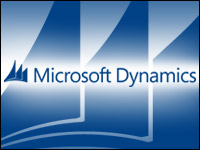

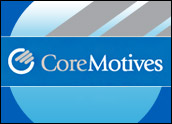






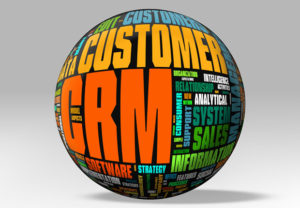
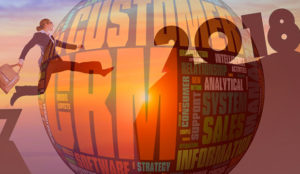

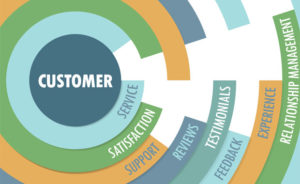










































In the "good old days" we solved the challenges of integration and data access between applications with standards-based approaches to connect. ODBC/JDBC for reporting, as an example. If you needed to create reports that combined data from your CRM and financial systems, you simply pointed your favorite ODBC/JDBC compatible tool at the underlying databases and voila, you could analyze and report on data accordingly. When we moved to SaaS applications, we lost this easy access to the underlying databases. Now they’re hidden behind APIs, different authentication methods and so on. Every API is different, so for any enterprise wanting to integrate, it’s an engineering effort for each SaaS app. No wonder that departments looking for a quick fix to their business needs put off this integration effort.